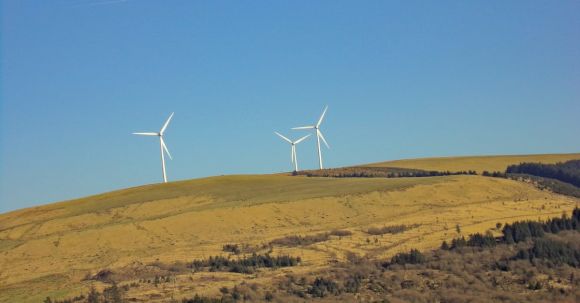In today’s rapidly advancing world, technology plays a crucial role in various aspects of our lives. One area where technology has proven to be particularly beneficial is in environmental conservation. From monitoring and tracking endangered species to developing innovative solutions for waste management, technology has become an invaluable tool in protecting our planet. In this article, we will explore the significant role technology plays in environmental conservation and how it is helping us build a sustainable future.
Advancements in Monitoring and Tracking
One of the key ways technology aids in environmental conservation is through advancements in monitoring and tracking. With the help of GPS technology and remote sensing devices, scientists can now track the movement and behavior of various species. This data allows researchers to gain valuable insights into the habitats and migration patterns of endangered animals, enabling them to make informed decisions regarding conservation efforts.
Furthermore, technology has revolutionized the field of environmental monitoring. Satellites equipped with advanced sensors can collect data on various environmental indicators, such as temperature, deforestation rates, and ocean currents. This information helps scientists identify areas that require immediate attention and develop targeted conservation strategies.
Innovative Solutions for Waste Management
Another area where technology has made significant contributions to environmental conservation is in waste management. Traditional waste disposal methods have often been detrimental to the environment, causing pollution and contributing to climate change. However, technological advancements have led to the development of innovative solutions that minimize the impact of waste on our planet.
For example, waste-to-energy plants use advanced thermal technologies to convert waste into electricity. This not only reduces the amount of waste sent to landfills but also generates clean energy. Additionally, the emergence of smart waste management systems, equipped with sensors and real-time data analysis, enables efficient waste collection and recycling processes. These technologies help reduce pollution and promote a circular economy by ensuring valuable resources are not wasted.
Harnessing Renewable Energy Sources
Technology has played a vital role in the widespread adoption of renewable energy sources, such as solar and wind power. By harnessing these clean energy alternatives, we can reduce our reliance on fossil fuels and mitigate the adverse effects of climate change. Advancements in solar panel efficiency and wind turbine design have made renewable energy more accessible and cost-effective than ever before.
Moreover, smart grid technologies enable efficient energy distribution and management, making renewable energy sources more reliable and stable. With the help of technology, we can create a sustainable energy infrastructure that reduces greenhouse gas emissions and supports a greener future.
Collaboration and Education
Technology has also facilitated collaboration and education in the field of environmental conservation. Through online platforms and social media, individuals and organizations can easily share knowledge, raise awareness, and collaborate on conservation projects. This connectivity has empowered communities worldwide to come together for a common cause and work towards preserving our natural resources.
Furthermore, technology has made educational resources more accessible. Online courses and interactive learning platforms provide individuals with the opportunity to expand their knowledge of environmental issues and conservation practices. This increased awareness and education are essential for fostering a culture of environmental responsibility and inspiring future generations to take action.
Building a Sustainable Future
In conclusion, technology plays a pivotal role in environmental conservation. Through advancements in monitoring and tracking, innovative waste management solutions, the harnessing of renewable energy sources, and the facilitation of collaboration and education, technology has become an indispensable tool in building a sustainable future. By embracing and leveraging technology, we can work towards preserving our planet for generations to come.
